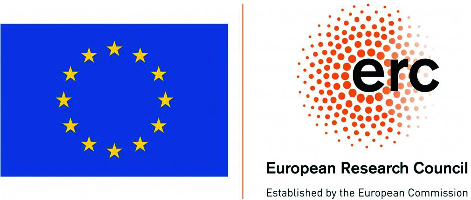
Taxonomy of Finite Automata Construction Algorithms,Įindhoven University of Technology, The Netherlands, 1993.Ī taxonomy of algorithms for constructing minimal acyclicĭeterministic automata, Proceedings of the Fourth Workshop thesis, Eindhoven University of Technology, the Taxonomies and Toolkits of Regular Language Algorithms, Algorithms and methods CreationĪ taxonomy of automata construction algorithms can be found in: Unless we use memory-efficient algorithms, Growth, they have clearly much more limited memories. Tasks as mainframes? Although they are subject to the same law of Us have laptops or notebooks that can be used while traveling. Most of us have computers on their desks. With punched cards, and the results were available from the computerĬenter the next day. Of interaction with every generation changes. Our computers not only grow they can have. Require new algorithms, some old algorithms work perfectly well on WeĪlso use new kinds of data in new applications.

The data we use grows with our computers. The reason for that is the sameĪs for the fact that we have not abandoned fast algorithms in favor of It mean that we use only 1% of the total amount of memory in ourĬomputers, and the other 99% is simply wasted? Have we totally abandonedĬompression? The answer is no. It is amazing that the difference is so huge. Ten years ago (whenever you read it - the growth is exponentialĪnyway), computers were about 100 times slower, and they had about 100 times They say it used to be like that some ten Less memory than another algorithm is better than that other algorithm among computational linguists, but also (surprisingly)Īmong some computer scientists, to refer to any concern about memory It became quite fashionable in someĬircles, e.g. This page makes it absolutely clear that there are various algorithmsįor achieving the same goal. Salomaa eds., Springer, pp.41-110,Īlgorithms and Data Structures provides many usefulĮntry on finite automata as well. Regular Languages, in Handbook of Formal Languages, Transducers in Language and Speech Processing,Ĭomputational Linguistics, 23(2), pp. Journal of Computer and System Sciences, 15(3), pp.

Springer Verlag, New York, New York, USA, 1988. Processing, Bradford Book series, MIT Press, Cambridge,Ī. Emmanuel Roche and Yves Schabes, Finite-State Language.There are several books that contain introduction to automata Approximation/conversion of HMM by/into FSTsĭefinitions and general information General introductory material.Conversion of a Brill's tagger into a finite-state transducer.



 0 kommentar(er)
0 kommentar(er)
